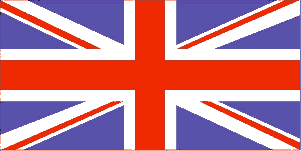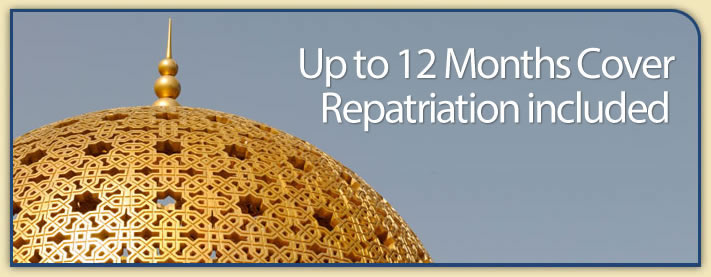Country Guide • United Kingdom

The United Kingdom of Great Britain and Northern Ireland consists of England (including the Channel Islands and the Isle of Man), Scotland, Wales and Northern Ireland. United Kingdom is located off the northwestern coast of Europe between the Atlantic Ocean and the North Sea. It is separated from the continent by the Strait of Dover and the English Channel, and from the Irish Republic by the Irish Sea and the St. Georges Channel.
| Official Name | United Kingdom of Great Britain and Northern Ireland |
|---|---|
| Area | 244,103km² (94,249mile²) |
| Population | 60,094,648 |
| Continent | Europe |
| Population per mile² | 636 |
| Capital City | London |
| Religions | 59% Protestant, 9% Roman Catholic. Other religious minorities include Muslims which account for 3% of the population and there are also Jewish, Hindu and Sikh minorities |
| Language | English, Welsh, Scots Gaelic |
| Government | Parliamentary Democracy |
| Currency | Stirling |
| GDP | $1.52 trillion |
| GDP per Head | $25,300 |
| Natural Resources | Coal, petroleum, natural gas, tin, limestone, iron ore, salt, clay, chalk, gypsum, lead, silica, arable land |
| Land Use | Arable Land 26.41% |
| Agriculture | Cereals, oilseed, potatoes, vegetables; cattle, sheep, poultry; fish |
| Industry | Machine tools, electric power equipment, automation equipment, railroad equipment, shipbuilding, aircraft, motor vehicles and parts, electronics and communications equipment, metals, chemicals, coal, petroleum, paper and paper products, food processing, textiles, clothing, and other consumer goods |
| Tourism | Great Britain has different tourist information boards for various regions, including the England, Scotland, Wales and Northern Ireland Tourist Boards |
| Natural Hazards | Winter windstorms; floods |
| Health Risks | None |
| Climate | Owing to its being an island, the UK is subject to very changeable weather. Extremes of temperature are rare but snow, hail, torrential rain and heatwaves can occur almost without warning. Generally though the United Kingdom has a mild and temperate climate which is influenced by the North Atlantic Drift and the southwesterly winds. Rainfall is fairly evenly distributed throughout the year with March to June the driest period and September to January the wettest. Average annual rainfall varies from 63 inches in the mountainous areas of the north and west to less than 32 inches over central and eastern areas. Average temperature ranges in London are from 2 to 6°C in January to 13 to 22°C in July |
| Time | GMT/UTC- GMT (GMT + 1 hour from last Sunday in March to Saturday before last Sunday in October) |
| National Days | The expected dates of bank and public holidays in England, Wales and Northern Ireland are listed here |
| Visas | EU citizens may live and work free of any immigration controls. Citizens of the USA, Canada, Australia, South Africa and New Zealand are generally allowed to stay six months without a visa |
Information Only
The content above is for information purposes only and we have tried to ensure that the information is as accurate as possible. We cannot accept any responsibility for any inconvenience, loss or injury as a result of the information above. You should always check and verify any critical information like visas, health and safety and customs with the relevant authorities before you travel since information can change at any time.



